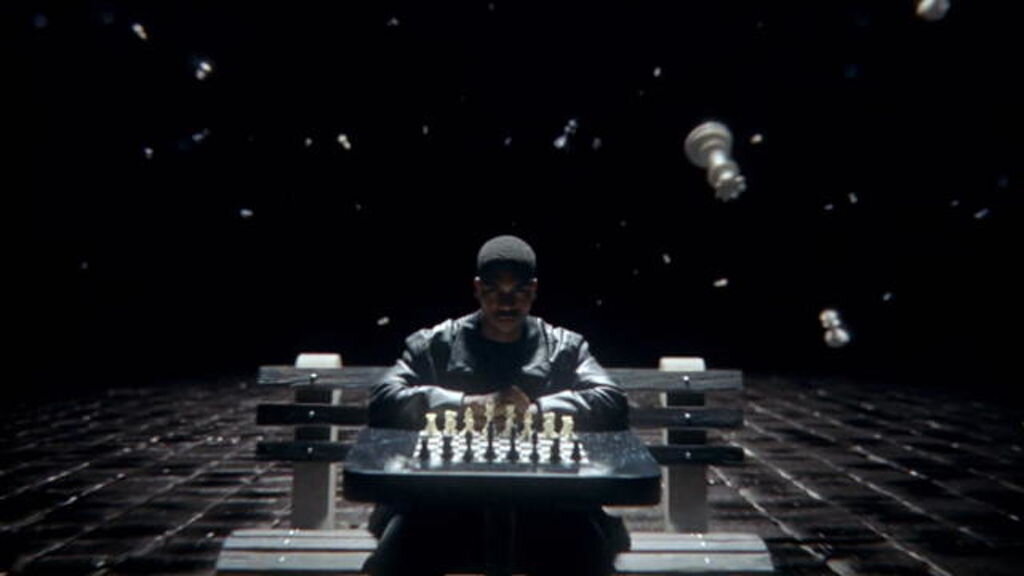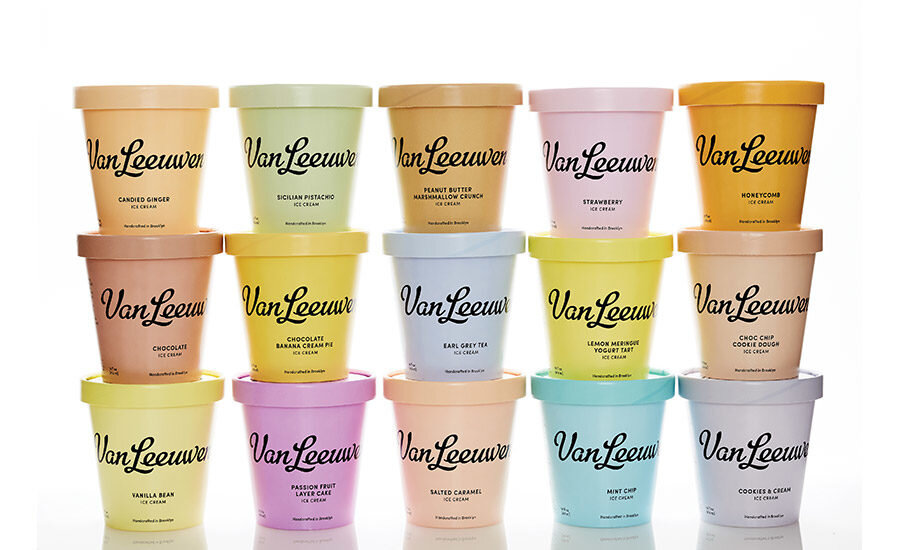How a simple design can change the world
Love this little BBC article about how brilliant design can create an entirely new category. The example: the Bic ballpoint pen.
This is a device that most of us take for granted; however, when it appeared in the 1940s it changed fundamentally how people communicate. The author compares its impact to that of the smart phone.
Fountain pens and dip pens were inconvenient and messy. You couldn’t really use them if you were on the go and it was easy to smudge the ink and ruin your document. The Bic Cristal pen, which boasts essentially the same design it had when it was introduced, changed all of that and essentially democratized writing.
As with any great design, we really take the individual elements for granted. The horizontal panels make it easy to hold, you can see the ink level in the pen so it won’t run out on you, there is a little hole in the side that equalizes the pressure and prevents explosions, gravity ensures a continuous flow of ink, and the ink dries practically instantaneously. (It’s actually a different kind of ink than was used in fountain pens.)
As one expert notes, “When people in the tech world talk about outdated tech, they are never arguing that pens are outdated. Even Mark Zuckerberg and Elon Musk will have a bunch of pens sitting around.”





















